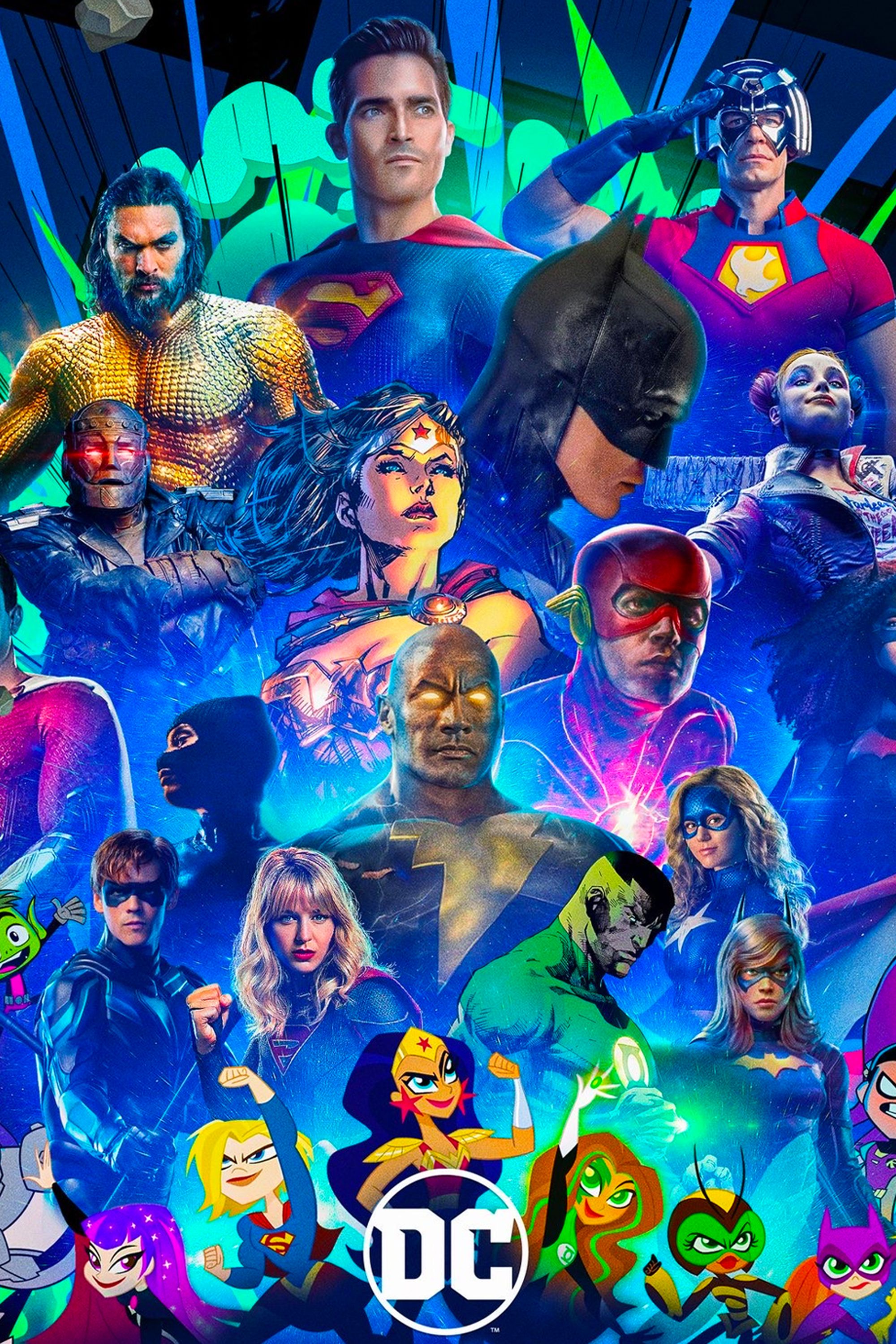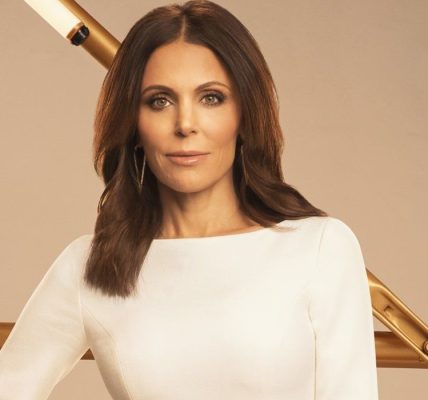After 11 years, and following the conclusion of the DCEU, Henry Cavill’s insights about the untapped potential of the franchise’s most overlooked character resonate more than ever. The DCEU timeline has experienced dramatic peaks and troughs, culminating in the decision to reboot the entire DC cinematic landscape into the new DC Universe, subsequent to the final DCEU release, Aquaman and The Lost Kingdom. While several films in the franchise achieved significant success, grossing over $1 billion at the box office, others fell flat critically. This juxtaposition highlights both the immense promise that the DCEU held and the increasingly convoluted path it took, ultimately leading to its reboot.
This situation is largely due to the shifting plans for the DCEU, which diverged significantly from Zack Snyder’s original vision for the franchise. Snyder had proposed a trilogy of Justice League films, but audiences only witnessed the release of one. Reflecting on the early days of the DCEU, it’s intriguing to consider the ambitious plans that were laid out, especially regarding live-action Superman actor Henry Cavill’s foresight on the potential of a character that was not yet introduced. His remarks about the promise of an underutilized DC hero were prescient, indicating a clear vision for the character’s role within the franchise.
Henry Cavill Accurately Predicted Cyborg’s Untapped Potential in the DCEU
Cyborg’s Potential Was Highlighted Even Before His DCEU Debut
During a 2013 promotional interview with Warner Bros for Man Of Steel, Henry Cavill shared his thoughts on the future of the DCEU, a time when the trajectory was still uncertain, as the Superman film was the franchise’s inaugural installment. In this conversation, he mentioned other potential superheroes who could emerge in the future. Notably, he expressed enthusiasm for Cyborg, stating: “I think Cyborg would make a wonderful character, serving as an incredible bridge between superhumans and humanity, distinct from Batman. I am unsure when or if he will appear, but that excites me greatly.“
Interestingly, a version of Cyborg was indeed introduced to the franchise, first appearing in a cameo in 2016’s Batman V Superman: Dawn Of Justice, followed by roles in both 2017’s Justice League and Zack Snyder’s Justice League in 2021. Cyborg’s compelling backstory involves his revival through the power of the Mother Boxes, which are central to both versions of the Justice League films. His character provided a unique opportunity to connect the extraterrestrial elements of DC’s expansive lore with the core Justice League narrative.
Moreover, as Cyborg is traditionally characterized as a younger hero, the DCEU retained this aspect, portraying Victor Stone as a promising college football star prior to the accident that transforms him into Cyborg. This introduction unlocked numerous possibilities for incorporating additional characters into the franchise. Although Cyborg is primarily associated with the Teen Titans in the realm of pop culture, his connections extend far beyond that, as he plays a pivotal role in many significant DC comic storylines.
The Missed Opportunity: How the DCEU Squandered Cyborg’s Character Potential
The DCEU’s Execution of Cyborg Failed to Capture His True Potential
The release of <em>Justice League</em> sparked widespread criticism, particularly regarding the film’s failure to adequately develop Cyborg as a character. His tragic and compelling backstory was largely overlooked, relegating him to a peripheral role in a narrative where he could have been a central figure. The situation became even more convoluted when Victor Stone actor Ray Fisher accused Joss Whedon of exhibiting “gross, abusive, unprofessional and completely unacceptable” behavior during the film’s reshoots, suggesting that this might have contributed to Cyborg’s diminished presence in the film.
While Zack Snyder’s Justice League provided a more comprehensive exploration of Cyborg’s character, revealing more of the emotional depth of his arc, this occurred at a time when it seemed unlikely that plans for Cyborg’s stories in Justice League 2 or 3 would come to fruition. Although both iterations of the film hinted at the character’s significant on-screen potential that Cavill had previously alluded to, these films marked the last appearances of Cyborg, leaving audiences with a glimpse of what could have been just as his DCEU journey concluded.
Ultimately, Ray Fisher’s Cyborg is not the only hero who faced a tumultuous path within the DCEU; even iconic figures like Batman and Superman have experienced inconsistent portrayals throughout the franchise, evident in Superman’s several faceless cameos. However, Cyborg stands out as a notable example, with his brief narrative arc emphasizing how different the franchise’s trajectory could have been if circumstances had unfolded differently.
The DC Universe Has the Opportunity to Honor Cyborg and Unlock His Full DC Comic Potential
The DC Universe Can Transform DCEU Cyborg’s Story into a Reality
Although the DCEU concluded in 2023, Henry Cavill’s observations regarding Cyborg’s potential within a shared cinematic universe remain just as relevant today. This opens up genuine opportunities for the DC Universe to leverage the reboot as a means to do justice to Cyborg’s on-screen narrative, crafting a more coherent character arc and potentially establishing a more prominent and enduring role in the evolving franchise.
With speculation surrounding a Teen Titans movie in the works, it is entirely plausible that Victor Stone could re-emerge on the big screen, offering a more gratifying resolution that fulfills the expectations many had for Cyborg’s DCEU storyline. Indeed, introducing Cyborg into the DCU Titans could serve as an ideal approach, as the team’s more balanced dynamic allows for a more equitable distribution of focus among all characters, contrasting with the typical emphasis on major figures like Batman and Superman in the Justice League.

DC Universe
The DC Universe stands as one of the largest comic book franchises, often in fierce competition with Marvel. Originally founded as National Allied Publications by Malcolm Wheeler-Nicholson in 1935, DC Comics has since burgeoned into a massive entity encompassing thousands of comic books, films, television series, and video games. The latest incarnation of its superhero roster commenced in 2013 with Zack Snyder’s introduction of Henry Cavill as Superman. Following a series of films that received mixed reviews, DC has embarked on a soft reboot under the guidance of James Gunn and Peter Safran.




